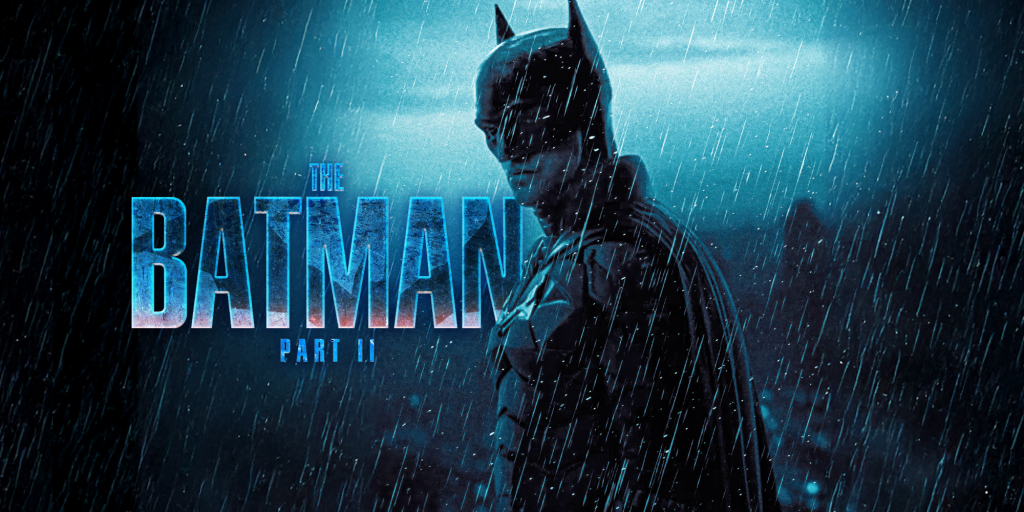January 17, 2025

The Batman 2 delay has sparked intense speculation about its future, as the sequel to Matt Reeves’ The Batman has been pushed back to October 2027. This unexpected shift has reignited debates about whether Robert Pattinson’s portrayal of the Dark Knight could integrate into James Gunn’s DC Universe (DCU).
This delay has sparked an intriguing discussion within the DC fandom: Could this be more than just a scheduling adjustment? As James Gunn himself noted on Threads, major productions like these require “typically around two years needed for pre-production, shooting, and post-production,” suggesting the complexity behind such epic undertakings. This timeline, while potentially disappointing for eager fans, speaks to the meticulous approach both Gunn and Reeves are taking with DC’s future.
View on Threads
The Batman 2 delay becomes even more intriguing when viewed alongside developments with The Brave and the Bold, DC’s other Batman project. Originally set to be directed by Andy Muschietti, this film was intended to introduce a new Batman to the DC Universe. However, reports of creative challenges have led to speculation about a different possibility: could Robert Pattinson’s critically acclaimed interpretation find a home in James Gunn’s broader DC Universe?
The timing of these developments is particularly significant as DC prepares to launch its new era with Superman in 2025. This film will establish the tone and approach of Gunn’s DC Universe, potentially offering crucial insights into how different interpretations of iconic characters might coexist.
The argument for keeping Reeves’ Batman in its own universe stems from the first film’s distinctive appeal. His Gotham City exists as a meticulously crafted noir landscape, where supernatural elements and cosmic threats feel distinctly out of place. The film’s power lies in its grounded approach to character study and crime drama, elements that some fear might be compromised by integration into a broader superhero universe.
However, history offers interesting precedents for such a transition. As many fans have observed, Christopher Nolan’s Batman trilogy began in similarly grounded territory before gradually incorporating more heightened elements. By The Dark Knight Rises, audiences had accepted a broader scope without feeling it compromised the series’ integrity.
Nerdist reporter Eric Diaz provides an illuminating comparison to the Marvel Cinematic Universe’s evolution. He notes that audiences leaving Iron Man in 2008 couldn’t have imagined that technological hero existing alongside ‘Asgardian gods, ancient sorcerers, and giant purple aliens.’ Yet Marvel successfully expanded its scope while maintaining coherence.
Eric also highlights the potential merger faces significant hurdles. Gunn’s DCU is conceived as a universe where superheroes have existed since at least World War II, as evidenced by elements like G.I. Robot in Creature Commandos. This established history contrasts sharply with the contemporary setting of The Batman.
Moreover, Gunn’s vision for Batman, as glimpsed in The Brave and the Bold’s premise, involves elements like a 10-year-old assassin Robin and an immortal Ra’s al Ghul – concepts that might feel discordant in Reeves’ carefully constructed reality.
The situation recalls Frank Miller’s seminal ‘Batman: Year One,‘ which demonstrated how a grounded Batman story could exist within a larger, more fantastical universe. This precedent suggests that different interpretations of the character can coexist meaningfully, each serving its own narrative purpose.
The imminent arrival of Superman in 2025 adds another fascinating dimension to this The Batman 2 delay discussion. As the first major release of Gunn’s DCU, it will demonstrate how the new regime balances realism with comic book elements. Its approach and success could directly influence decisions about Batman’s future, demonstrating how iconic characters blend grounded realism with fantastical elements while retaining their core appeal.
The path to 2027 may seem long, but it promises to be a transformative period for DC’s cinematic future. Whether operating in separate universes or eventually converging, what matters most is that each interpretation serves its core purpose: telling compelling stories that resonate with audiences.
The beauty of Batman as a character has always been his adaptability – his ability to be equally convincing as a noir detective and a Justice League member. As we await both the new Superman’s arrival and the Dark Knight’s return, perhaps we should celebrate this moment of creative possibilities rather than rushing to define its boundaries. After all, in the world of comic book storytelling, sometimes the most interesting stories emerge from the unexpected intersections of different worlds.
In the end, this period of uncertainty might be exactly what both franchises need – time to evolve naturally and find their place in the ever-expanding landscape of superhero storytelling. Whether we end up with two distinct Dark Knights or a unified vision, the passionate debate itself demonstrates the continued vitality of Batman’s legacy in modern cinema.
Related Articles:
Global Box Office Reaches $30.5B in 2024, Projected to Reach $33B in 2025